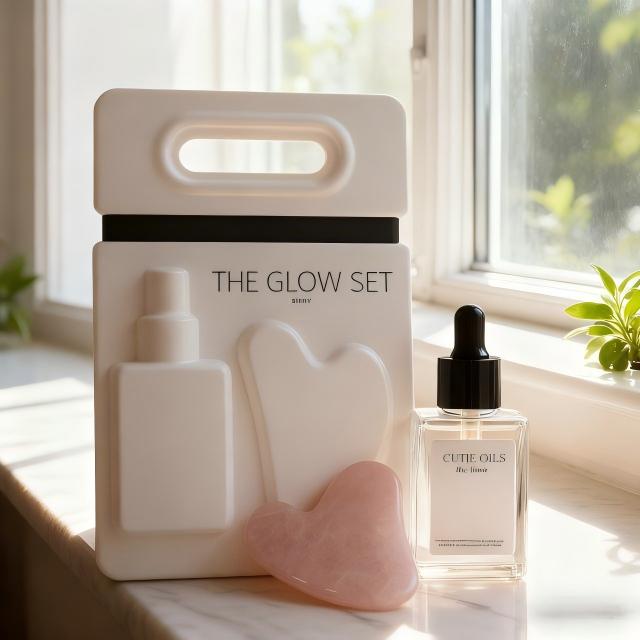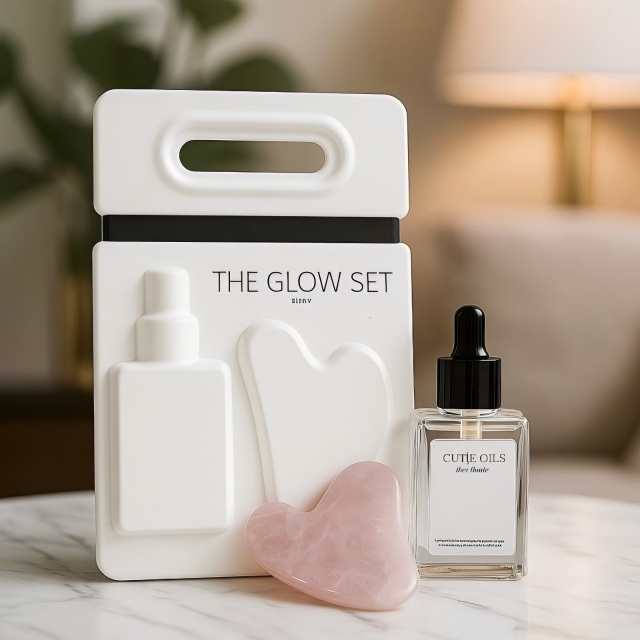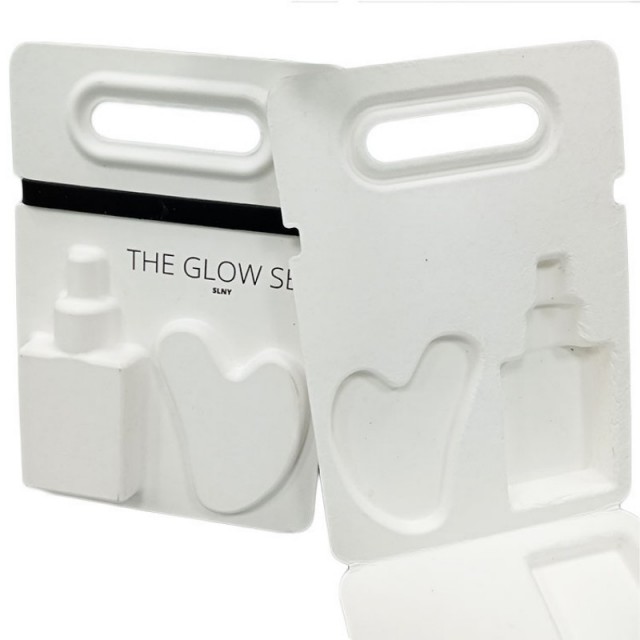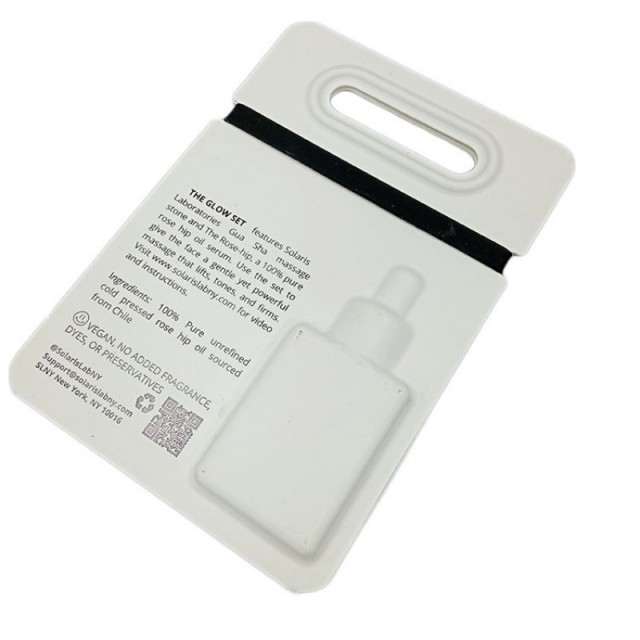For small skincare brands, every budget decision counts. From ingredient sourcing to marketing, resources are tight—and packaging is no exception. In recent years, semi wet pressed pulp trays for skincare have emerged as a sustainable alternative to plastic or foam, but a critical question remains: Can these eco-friendly trays fit the limited budgets of small brands? The short answer is yes—but only when brands partner with the right semi wet pressed pulp trays factory or semi wet pressed pulp trays supplier, and understand how to balance cost, sustainability, and functionality.
The Cost Myth: Why Small Brands Fear Sustainable Packaging
Small skincare brands often shy away from sustainable packaging like semi wet pressed pulp skincare boxes or trays, assuming two things: first, that eco-friendly materials are inherently more expensive; second, that minimum order quantities (MOQs) for specialized packaging will be too high. For plastic trays, the upfront cost is indeed low—but this ignores hidden expenses: plastic’s negative impact on brand reputation (as many consumers now prioritize brands with sustainable practices) and potential waste from damaged products (plastic trays offer minimal cushioning for fragile skincare items like glass serums or cream jars).
Semi wet pressed pulp trays for skincare, by contrast, have a slightly higher per-unit cost than basic plastic—but they eliminate many hidden costs. Consider a small brand producing a batch of facial serums: while plastic trays might seem cheaper at first, they often lead to more product damage during shipping. The pulp tray’s shock-absorbent structure, however, keeps products safer, cutting down on lost inventory. What looks like a more expensive option upfront quickly becomes more affordable when you factor in fewer wasted products.

How Semi Wet Pressed Pulp Trays Fit Small Brand Budgets
The key to making semi wet pressed pulp trays for skincare cost-effective lies in three factors: flexible MOQs, customization that reduces waste, and long-term brand value.
1. Flexible MOQs from the Right Supplier
Many small brands worry they can’t afford sustainable packaging because factories demand high MOQs. But reputable semi wet pressed pulp trays suppliers now offer flexible ordering for small batches—some even catering to orders as small as a few thousand units. For example, a semi wet pressed pulp trays factory specializing in skincare packaging might adjust production lines to accommodate smaller orders, spreading fixed costs (like mold creation) across fewer units without inflating prices exponentially. A small brand launching a limited-edition mask set, for instance, could order a small batch of semi wet pressed pulp trays at a price far lower than what they’d spend on custom plastic trays (which often require costly mold fees upfront).

2. Customization That Reduces Secondary Packaging
Semi wet pressed pulp skincare boxes and trays are designed to fit specific products, eliminating the need for extra padding (like bubble wrap or tissue paper). A small brand selling a 3-piece skincare set (toner, serum, moisturizer) might use a single custom semi wet pressed pulp tray that holds all three items securely—no extra packaging needed. This cuts costs: instead of paying for a plastic tray plus additional padding, the brand pays for a pulp tray that does double duty, streamlining both expenses and unboxing.
3. Long-Term Brand Value = Higher Customer Loyalty
Sustainability isn’t just a “nice-to-have”—it’s a revenue driver. Small skincare brands often rely on word-of-mouth and repeat customers, and sustainable packaging helps build trust. Many consumers are willing to pay a little more for products in eco-friendly packaging, as it aligns with their personal values. For a small brand, switching to semi wet pressed pulp trays for skincare can make their products more appealing to these consumers, potentially boosting sales and repeat purchases. Even if the pulp trays cost a bit more upfront, the long-term revenue gain far outweighs the expense.

Choosing the Right Semi Wet Pressed Pulp Trays Supplier: A Small Brand’s Guide
Not all semi wet pressed pulp trays suppliers are created equal—and the wrong partner can turn a cost-effective option into a budget drain. Small brands should look for three key traits:
1. Transparent Pricing (No Hidden Fees)
The best semi wet pressed pulp trays factories provide detailed quotes that include mold costs, material costs, and shipping—no surprises later. They should also explain how costs change with order size, helping the brand plan for growth: as orders get larger, per-unit costs often drop, making the trays even more affordable over time. This transparency lets small brands budget accurately without worrying about unexpected charges.
2. Experience with Skincare Packaging
Skincare products have unique needs: semi wet pressed pulp trays for skincare must be moisture-resistant (to protect creams or serums) and non-abrasive (to avoid scratching glass bottles). A supplier with experience in skincare will already have templates for common products (like small serum bottles or cream jars) and can adjust designs quickly—saving the brand time and money on custom tweaks that an inexperienced supplier might botch.
3. Sample Offerings to Test Quality
Before committing to a large order, small brands should ask for samples. A good semi wet pressed pulp trays supplier will send free or low-cost samples so the brand can test the tray’s durability (e.g., does it hold a glass jar securely during handling?) and fit (e.g., does a toner bottle slide around?). Testing samples prevents costly mistakes—like ordering trays that don’t fit the product or break easily during shipping.

Real Example: A Small Brand’s Success with Semi Wet Pressed Pulp Trays
Let’s look at Glow & Go, a small skincare brand that launched with a limited budget. The brand sells a 2-piece “Morning Glow” set (serum + moisturizer) and initially considered plastic trays. Here’s how they switched to semi wet pressed pulp trays for skincare and saved money:
- Plastic Option: The plastic trays had a low per-unit cost, but required expensive mold fees and extra bubble wrap for protection. During shipping, many products arrived damaged, leading to lost sales and unhappy customers.
- Semi Wet Pressed Pulp Option: The pulp trays had a slightly higher per-unit cost but no extra mold fees (for a small batch) and no need for bubble wrap. Very few products arrived damaged, and customers praised the sustainable packaging in reviews.
In the end, Glow & Go spent less overall on the pulp trays—thanks to fewer damaged products and no extra packaging costs—and saw more positive feedback, which helped boost repeat purchases.
Conclusion: Semi Wet Pressed Pulp Trays Are a Cost-Smart Choice for Small Brands
For small skincare brands, semi wet pressed pulp trays for skincare aren’t just a sustainable option—they’re a cost-effective one. By partnering with a flexible semi wet pressed pulp trays supplier or semi wet pressed pulp trays factory, brands can avoid high MOQs, eliminate hidden costs (like secondary packaging or damaged products), and build long-term customer loyalty through sustainability.
The myth that eco-friendly packaging is “too expensive” for small brands dies when you look at the full picture: fewer wasted products, no extra padding costs, and happier customers who value sustainability. For small skincare brands ready to compete with larger players—while staying true to their values—semi wet pressed pulp skincare boxes and trays are an investment that pays off.

